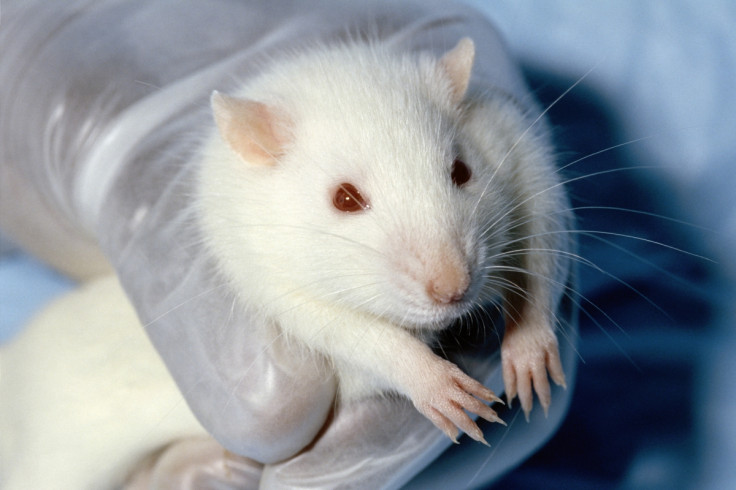Paralyzed rats with severed spinal cords walk again
Spinal cord damage can often lead to loss of motor function and sensory perception in the lower extremities.

Scientists have implanted specially engineered tissue containing human stem cells into paraplegic rats, allowing them to walk independently and regain sensory perception, according to new research.
In addition, the procedure led to some degree of healing in the damaged spinal cords of the rats. In humans, damage to the spinal cord can often lead to loss of motor function in the lower extremities. Injuries like these are very difficult to recover from, especially seeing as treatment options are limited.
However, as the latest study shows, stem cells could have the potential to successfully treat damaged spinal cords.
For the latest research - published in the journal Frontiers in Neuroscience - a team led by Shulamit Levenberg from the Technion-Israel Institute of Technology implanted stem cells into rats whose spinal cords were severed at a midway point.
Human stem cells were taken from the membrane lining of the mouth and were engineered to support nerve growth in the rats.
The researchers found that 42% of the rats treated with the engineered stem cells showed a significantly improved ability to walk and support weight on their back legs, while 75% showed improved sensory responses. There was also some indication that their spinal cords had begun to heal.
While the findings are certainly positive, it is important to note that the technique did not work on all the rats.
The researchers write: "This warrants further investigation to shed light on the mechanisms underlying the observed recovery, to enable improved efficacy and to define the intervention optimal for treatment of spinal cord injury."
And there is still, "some way to go," before the procedure could be applied to humans, Levenberg said.



















